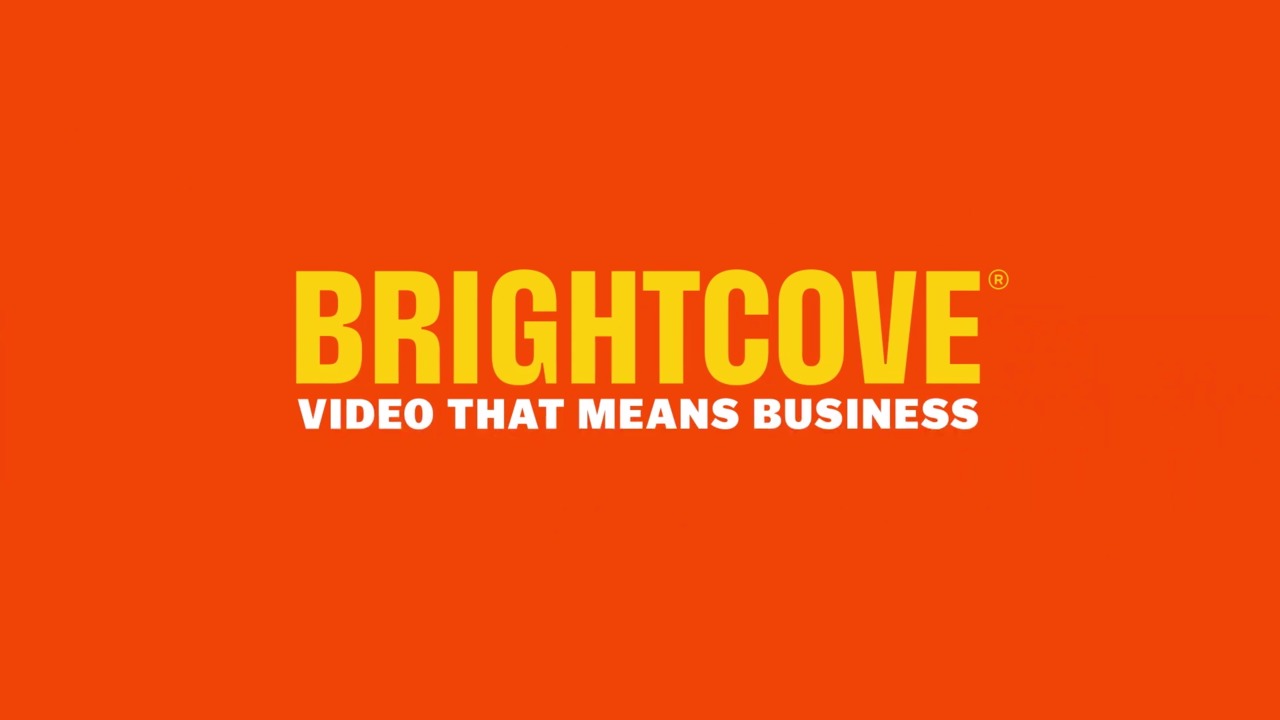As the first contributor to this series on PPV, Invideous has the honour of being the first partner to finished their integration with Brightcove. Also as a funded startup they offer a unique and grass roots look on this emerging and lucrative market. Jack Thorogood, CEO, gives his thoughts on how adoption of this new model doesn't need to be hard, complicated or risky to your current revenue streams. You can find more about Invideous here: http://www.brightcove.com/en/partners/invideous
Paid-for content is having something of a renaissance. It's still a long (long) way off being the norm – currently perhaps just 1% of all online content is charged for – but it's a growing phenomenon.For many publishers the prospect of charging for content, which would have once been almost unthinkable, is a real possibility.Topically, Hulu unveiled subscription-based HuluPlus only last week.
There are a number of reasons why 'paid' is making a comeback.The rise of the charged-for mobile app is one instigator, giving many a Gen Y'er their first taste of buying digital goods online.The 'freemium' model employed by many websites for services and content is another.The success of this model not only proves that users will pay for content they value (5-10% conversion rates are common), it also gives publishers the confidence to experiment more with their revenue and access models.
I would argue that it's the learnings from freemium, especially the realisation that one size doesn't fit all, that have put a rocket under providers of online services, and online content purveyors in particular, encouraging them to look beyond 'free'.
Necessity is the mother of invention too.Content and audience both continue to move online, and new ad platforms on existing services are being unveiled; Twitter and Facebook's improved ad offerings will both sop up a lot of cash.This all leads to a glut of inventory that the migration of offline ad budgets to online struggles to keep pace with.
At the same time as ad yields fall, content creation costs for online are rising.Video is a prime example of this; put simply, it costs more to produce than equivalent text and images.The upside is an improved user experience – consumers love video – but it is expensive.
Falling yields and increasing costs mean that online publishers need to innovate, but this isn't a bad news story.For the first time in about ten years the option of 'paid' is available; even better, publishers are wiser and more experienced.Drawing on lessons learned from the freemium model, and also bringing the wider science of conversion rate optimisation into play, publishers are finding sophisticated ways that encourage users to pay.
It would be a naif publisher who went from free today to a strict and immediate paywall tomorrow.Instead, publishers are using more subtle techniques, such as adding a paywall to video which only kicks in after 15 or 30 seconds, in order to oil the wheels of commerce.This allows the viewer to get a taste for a video and, in the manner of a film trailer, if they like what they see they'll pay for the 'feature presentation'.
Equally, we've found it's great practice to have users create accounts for services which are unrelated to 'paid'.Make these account valid for 'paid' too though, and then there's far less friction involved when it's time to charge for content, especially if they're good for multi-platform use.
The most important principles to have front of mind are experiment and innovate.Adding a 'paid' option shouldn't have any material upfront cost for publishers, and it doesn't need to be 'all or nothing'.Try offering users a choice:A small payment in lieu of ads for example, or perhaps a teaser video for free then specialist content for a fee.
Even the crudest of paid-for video implementations will yield greater revenues than a solely ad supported approach.Be clever and creative; offer choice and give options.Not only will your CFO love you but so too will your viewers.
Jack Thorogood, CEO of invideous.com, has been working in the interactive video space since it became commercialised and comes from a video advertising background. He founded invideous in November 2008 alongside CTO Colin Phillips. The company specialises in helping publishers find new and innovative ways of monetising their online video content in a manner that endeavours to improve rather than detract from the user experience

